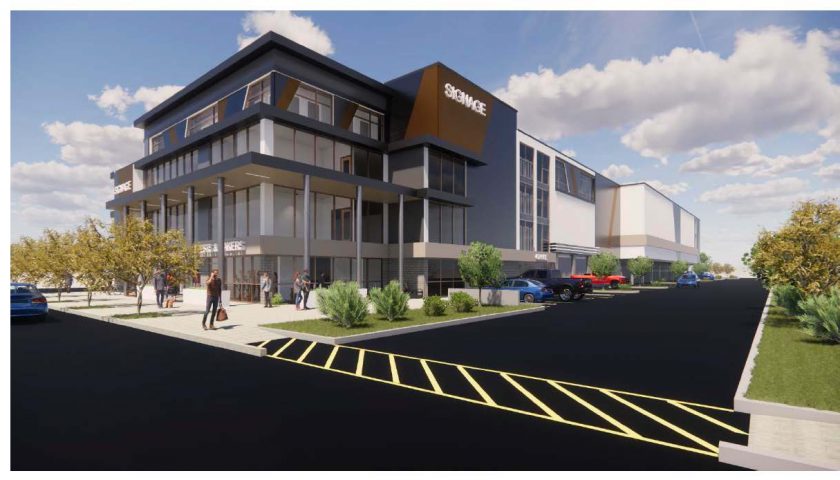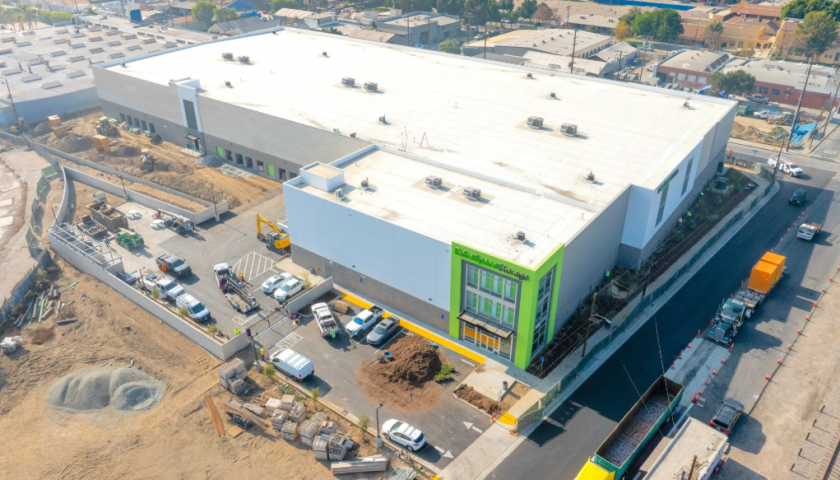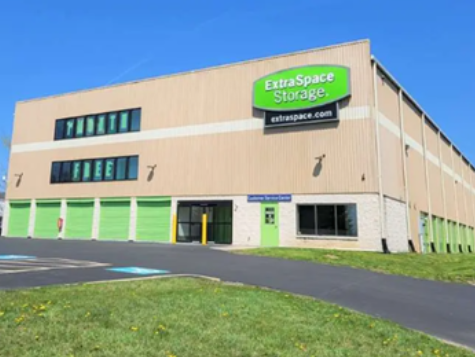In order to qualify for the SBA’s guaranty for 7a and 504 loans, the SBA requires certain levels of environmental due diligence be performed to provide assurance that the property site value is not hampered by previous contamination or environmental degradation.
Reasons for diminished property site value may include:
- The costs of remediation could impair the borrower’s ability to repay the loan and/or continue to operate the business
- The value and marketability of the property could be diminished
- Lender or SBA could be liable for environmental clean-up costs and third-party damage claims arising from contamination
With certain property types being – or having been – used by Environmentally Sensitive Industries, the SBA requires the engagement of federal protection against CERCLA (Comprehensive Environmental Response, Compensation and Liability Act) liability. They also require the engagement of an environmental firm’s Errors and Omissions insurance policy to help protect the buyer, the lender and the SBA.
The SBA requires an environmental investigation of all commercial property upon which a security interest such as a mortgage, deed of trust or leasehold deed of trust is offered as security for a loan or debenture. The type and depth of an environmental investigation varies with the risks of contamination. The higher the risk for contamination the more in-depth study will be required (see flowchart on back page). Phase I ESA is a non-intrusive study of the environmental condition of a property site. The goal of the study is to identify any Recognized Environmental Conditions (RECs) in connection with the property – if any exist.
Flow Chart of Required Reports:
Unless a historical use or prior NAICS code triggers the need for a Phase 1 report, the most basic report a borrower may need is a Records Search with Risk Assessment (RSRA).
An RSRA includes:
- A search of government databases identified in 40 CFR § 312.265 for an AAI compliant Phase I, as well as a search of historical use records (i.e., aerial photography, city directories, reverse directories and/or fire insurance maps) pertaining to the Property and Adjoining Properties; and
- A risk assessment by an environmental professional based on the results of the records search as to whether the property is “low risk”, “elevated risk” or “high risk” for contamination. The choice of historical records to be reviewed on any particular site is at the discretion of the environmental professional. The report must identify by name the environmental professional that performed the risk assessment.
If the RSRA Report comes back as “elevate or high risk” then a Phase 1 Report must be ordered.
The Phase I Report is a non-intrusive study of the environmental condition of a property site. The goal of the study is to identify any Recognized Environmental Conditions (RECs) in connection with the property – if any exist. The American Society for Testing and Materials (ASTM) has created a standardized scope of work describing the preparation of a Phase I ESA (ASTM 1527 13).
The requirements may include:
A Regulatory Agency Records Review
- Fire department records
- Dept. of Toxic Substances Control
- Regional Water Quality Control Board
- Environmental Health Services Dept.
Site History Survey
- Historical aerial photographs
- Building and planning department records
- Sanborn Maps
Nick Collins
Commercial Lender – Vice President
Bank Five Nine
p: (262) 560-2016
c: (262) 468-6169
f: (262) 804-9926
nick.collins@bankfivenine.com





